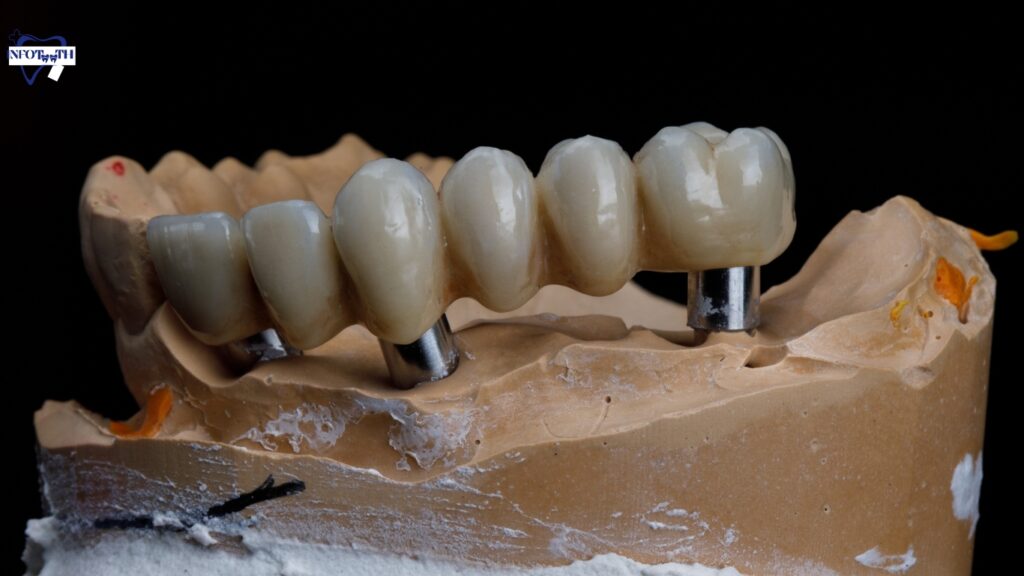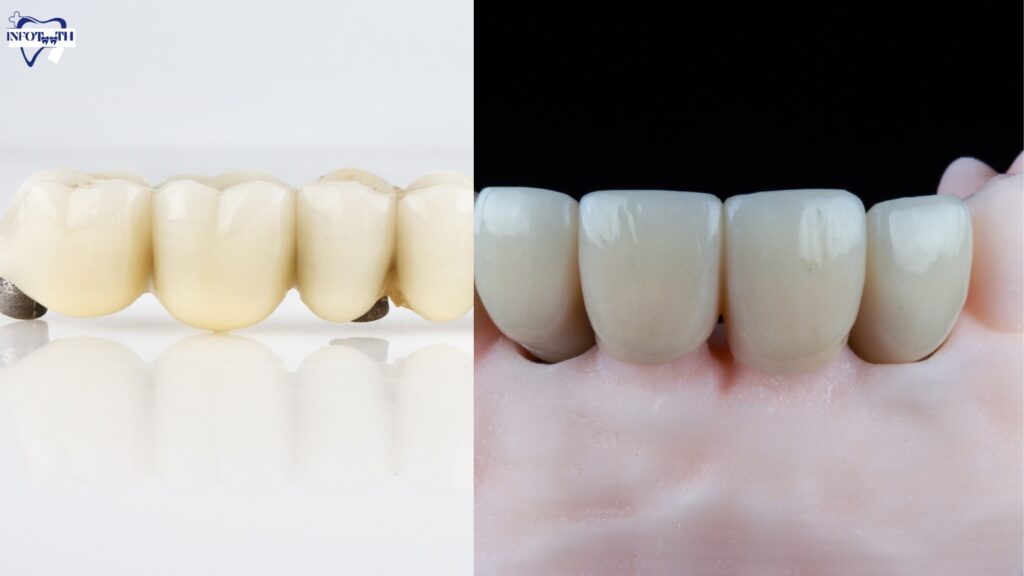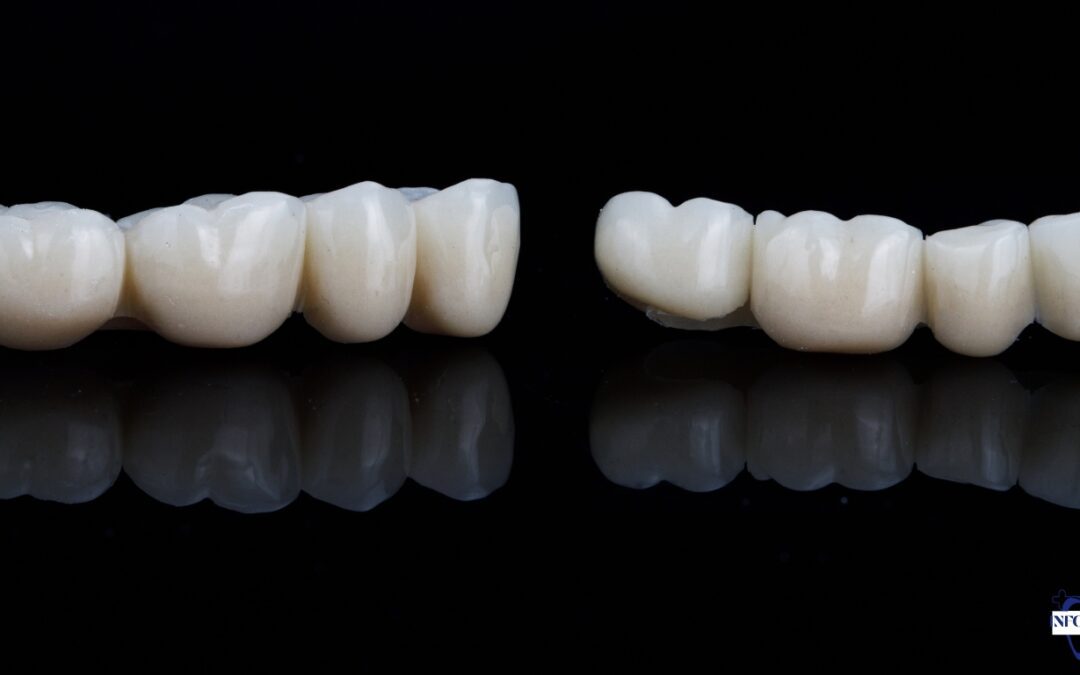Introducing the transformative world of 4 unit bridge front teeth—a comprehensive guide to restoring both function and aesthetics. In this blog, we unravel the significance of front teeth, the need for a 4 unit bridge front teeth, and the intricate procedure involved. Join us on a journey to understand the benefits, potential risks, and essential care tips, empowering you to make informed decisions for a confident and radiant smile.
Table of Contents
Welcome to the enlightening realm of dental well-being.
When Do You Need a 4 Unit Bridge Front Teeth?
When it comes to the intricate world of dental care, the need for a 4 unit bridge front teeth arises under specific circumstances. Primarily, individuals find themselves considering this dental solution when faced with dental issues that compromise the integrity of their natural front teeth. Instances of severe damage, decay, or irreparable harm to the front teeth become indicators that a 4 unit bridge might be the optimal solution.
Moreover, cosmetic concerns play a pivotal role in the decision-making process. Gaps or misalignment in the front teeth can significantly impact an individual’s confidence and self-esteem. A 4 unit bridge front teeth becomes a viable option for those seeking not only functional restoration but also a natural and aesthetically pleasing look. It acts as a comprehensive solution, addressing both the structural and cosmetic aspects of the front teeth.
In essence, the decision to opt for a 4 unit bridge front teeth involves careful consideration of both oral health needs and cosmetic desires. Whether it’s the result of dental trauma, extensive decay, or a desire for an improved smile, this dental intervention stands as a versatile and effective method to restore the form and function of the front teeth, ensuring individuals can confidently showcase a radiant and natural-looking smile.
What Is The 4-Unit Dental Bridge?
A 4 unit dental bridge designed for the front teeth is a transformative solution for individuals facing challenges with damaged or missing frontal dentition. This specialized dental prosthetic serves the dual purpose of restoring both functionality and aesthetic appeal to the smile. Comprising four interconnected units, this bridge seamlessly bridges the gaps caused by missing teeth, offering stability and durability.
When considering the 4 unit bridge front teeth, it’s crucial to understand its significance in addressing not only cosmetic concerns but also essential functional aspects. Front teeth play a pivotal role in daily activities like biting and speaking, and the absence of these teeth can affect one’s confidence and oral health. The 4 unit bridge provides an effective means of rectifying such issues, offering a natural look and restoring the ability to chew and speak comfortably.

The procedure involves a comprehensive process, from the initial consultation and assessment to the final placement of the bridge. Dental professionals carefully prepare the adjacent teeth, take precise impressions, and ensure a secure and tailored fit for the bridge. The benefits extend beyond the visual transformation, encompassing enhanced stability and durability, ultimately contributing to an improved quality of life for individuals opting for this dental solution.
A 4 unit dental bridge for front teeth is a remarkable dental innovation, addressing both functional and aesthetic concerns with precision and care. Choosing this option opens the door to a restored, confident smile and improved oral well-being.
What Is The Procedure For Getting a 4 Unit Bridge?
The process of obtaining a 4 unit bridge front teeth is a meticulous and personalized journey that begins with a comprehensive consultation and assessment. This initial step, conducted by a skilled dental professional, aims to evaluate the patient’s oral health and determine the suitability of a 4 unit bridge.
Once the decision is made to proceed, the next phase involves the preparation of the adjacent teeth. This may include reshaping and contouring to ensure a precise fit for the bridge. The careful preparation of these supporting teeth is crucial for the overall stability and longevity of the bridge.
Following tooth preparation, accurate impressions of the teeth are taken. These impressions serve as a detailed blueprint for the fabrication of the custom 4 unit bridge front teeth. The use of advanced dental technology ensures a precise and comfortable fit tailored to the unique contours of the patient’s mouth.
During the interim period, while the final bridge is being crafted, a temporary bridge may be placed. This temporary solution serves both functional and aesthetic purposes, protecting the exposed teeth and allowing the patient to maintain normal oral activities.
The culmination of the process involves the placement of the final 4 unit bridge. This step is executed with precision, ensuring a secure and comfortable fit. The result is a restored set of front teeth that not only addresses cosmetic concerns but also enhances overall oral function.
What Are The Benefits of Opting For a 4 Unit Bridge For Front Teeth?
When it comes to restoring the functionality and aesthetics of front teeth, opting for a 4 unit bridge front teeth proves to be a beneficial choice. These bridges, specifically designed for the front teeth, offer a range of advantages that go beyond mere cosmetic enhancement.
One of the primary benefits is stability. The 4 Unit Bridge, anchored securely to adjacent teeth, provides a stable and durable solution for individuals with missing or damaged front teeth. This stability not only enhances the ability to chew and speak with confidence but also contributes to an overall improvement in oral function.
Durability is another key advantage. Front teeth are subjected to significant stress during daily activities, and a 4 Unit Bridge, constructed from durable materials, withstands these pressures effectively. This durability ensures a long-lasting solution, reducing the need for frequent replacements and minimizing the inconvenience to the individual.
Moreover, the aesthetic improvement offered by a 4 Unit Bridge is noteworthy. Crafted to match the natural appearance of front teeth seamlessly, these bridges contribute to a smile that looks and feels authentic. The restoration of a natural-looking smile can have a profound impact on an individual’s confidence and self-esteem.
Beyond these functional and cosmetic benefits, individuals who opt for a 4 unit bridge front teeth often experience an improved quality of life. The restoration of front teeth not only enhances oral health but also positively influences social interactions and overall well-being.
What Is The 6-Unit Bridge Teeth?
A 6 unit bridge for teeth is a dental prosthetic that addresses a broader scope of tooth replacement, extending beyond the concerns associated with a 4 unit bridge for front teeth. While the latter focuses on the aesthetic and functional restoration of the frontal dental arch, a 6 unit bridge involves the replacement of six consecutive teeth. This comprehensive solution is often employed when there’s a need to bridge a larger gap resulting from multiple missing teeth.
The procedure for a 6 unit bridge follows a similar trajectory to that of a 4 unit bridge. It commences with a thorough consultation and assessment, determining the patient’s oral health and suitability for the bridge. The adjacent teeth are then prepared, impressions are taken, and a temporary bridge may be placed while awaiting the fabrication of the final bridge.

The benefits of opting for a 6 unit bridge include not only a restored smile but also improved chewing functionality and overall oral health. The procedure enhances both the aesthetics and structural integrity of the dental arch.
Caring for a 6 unit bridge involves diligent oral hygiene practices, including regular brushing, flossing, and routine dental check-ups. These measures contribute to the longevity of the bridge, ensuring sustained durability and performance.
A 6 unit bridge for teeth offers a comprehensive solution for individuals with a larger gap in their dental structure. It provides not only aesthetic benefits but also addresses functional concerns, contributing to an improved quality of life for those seeking a robust and lasting tooth replacement option.
4-Unit Bridge Vs. 6-Unit Bridge For Front Teeth
When it comes to addressing dental concerns related to the front teeth, individuals often find themselves faced with the choice between a 4 unit bridge and a 6 unit bridge. These prosthetic solutions play a crucial role in restoring both the aesthetics and functionality of the smile, but they differ in their scope and application.
A 4 unit bridge involves replacing four consecutive teeth with a prosthetic structure, typically anchored to the adjacent natural teeth or dental implants. This option is commonly chosen for cases where a specific section of the front teeth is affected, offering a tailored solution that balances cosmetic appeal and functional restoration.
On the other hand, a 6 unit bridge extends the coverage to six consecutive teeth. This option is chosen when a broader area of the front teeth requires intervention. While it provides a more extensive restoration, it also requires a stable foundation, often necessitating the preparation of additional adjacent teeth to support the bridge effectively.

The decision between a 4 unit and 6 unit bridge depends on the individual’s unique dental needs, the extent of the dental issue, and considerations for long-term oral health. While a 4 unit bridge may be suitable for localized problems, a 6 unit bridge becomes relevant when a more extensive restoration is required.
Consulting with a dental professional is crucial in determining the most appropriate solution for front teeth concerns. Their expertise will guide individuals toward the optimal choice, ensuring a smile that not only looks natural but also functions seamlessly for years to come.
Conclusion
In conclusion, a 4 unit bridge front teeth emerges as a transformative solution, seamlessly blending aesthetic appeal with functional restoration. This dental innovation not only addresses cosmetic concerns but also ensures enhanced oral functionality. Patients can regain confidence in their smile, knowing that this procedure offers a durable and natural-looking outcome. Embrace the possibilities of a radiant smile with a 4 unit bridge front teeth, bridging the gap between dental aesthetics and optimal oral health.
FAQs
Q: Is the procedure for getting a 4 unit bridge front teeth painful?
A; The process is done by anesthesia to decrease discomfort. While some patients may experience mild soreness afterward, it can generally be managed with over-the-counter pain relievers.
Q: Who is eligible to get a 4 unit bridge front teeth?
A: Most individuals with suitable oral health conditions can consider a 4 unit bridge. However, eligibility is determined through a thorough examination by a dentist to ensure the procedure’s success.
Q: How long does a 4 unit bridge front teeth last?
A: With proper care, a 4 unit bridge can last a decade or more. Regular dental check-ups and adherence to good oral hygiene practices significantly contribute to the longevity of the bridge.
Q: Are there alternatives to getting a 4 unit bridge front teeth?
A: Yes, several alternatives exist, including dental implants and removable partial dentures. The choice depends on individual circumstances, preferences, and the recommendation of the dental professional.
Q: Will a 4 unit bridge front teeth look natural?
A: Absolutely. Advances in dental technology ensure that 4 unit bridge front teeth are meticulously designed to mimic the appearance of natural teeth seamlessly. The result is a natural-looking smile that enhances both function and aesthetics.

